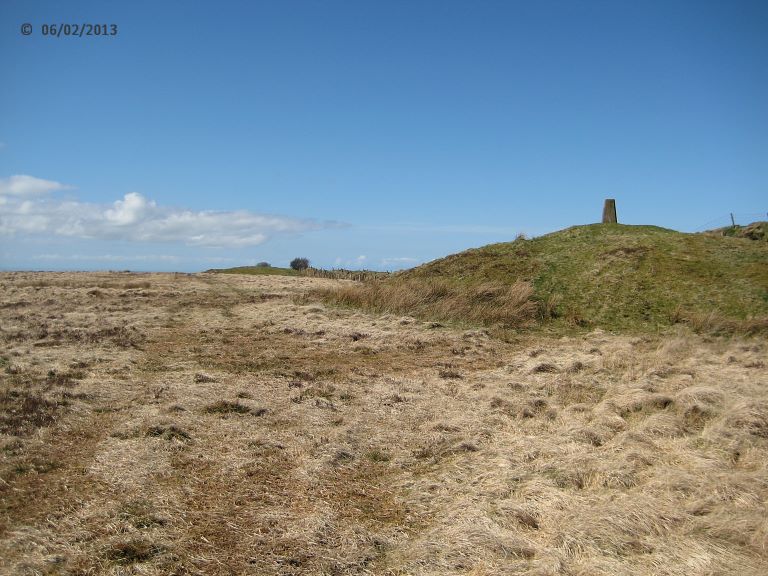Dragons in Sixteenth-Century Devon? June 2, 2014
Author: Beach Combing | in : Medieval, Modern , trackbackChallacombe is a small village to the west of Exmoor in Devon in the south-west of the UK. On the edge of the moor there are many ‘hillocks of earth and stones, cast up anciently in large quantity’, i.e. prehistoric burial mounds. So far so normal, this is a classic landscape in a marginal agricultural area, that had almost as much activity in the Iron Age as it does today. The problem are the dragons… ‘Of some [of these barrows]’ claimed a sixteenth century author ‘are yet remembered inveterate tales, how fiery dragons have been seen flying and lighting on them.’
This is curious as dragons and mounds are all very Anglo-Saxon. For there still to be tales about mounds and dragons presupposes oral traditions in Devon over the better part of a thousand years, perhaps not that remarkable in this corner of deep England in the generation before Shakespeare but still… And what is the story? Well the author, who deserves to be shot against some history faculty wall, notes merely ‘those I will leave to some other to relate’. So we don’t know. Jerk. (This is not incidentally a first offence. He does this again and again with folklore references, giving us the smallest hint of an ankle-high striptease before climbing back into his burka and turning instead to the geneaological vagaries of a long extinct Devonian family with field mice on their scutcheon.)
We do learn though that this association between mounds, castles and prehistoric encampments and dragons was not a one off. Dragons appeared, apparently, at the ruins of castles at Winkley: still in the sixteenth century or was this just a memory, our author had no time to enlighten us? While at Cadbury (in Devon, not Somerset) a dragon was still seen in the author’s lifetime flying between two hills: fascinatingly this dragon is also described as an ignis fatuus (a will-o’the-wisp), which is unexpected to say the least.
Why were or why are these dragons to be seen in these places? Cryptozoologists should look away at this point. Guys, there is no pterodactyl tribe hiding in a cave on Dartmoor. Folklorists though might prick up their ears. The answer is ‘treasure’. Dragons were the traditional guardians of treasure: and burrows, ruined castles and ancient ditches was just the kind of place that gold came to light (really). This was precisely their role in Anglo-Saxon times and again it is fascinating to see the Devon rustics keeping the tradition up into early modern times. There are records from other parts of England, incidentally, of magic against treasure guarding dragons as late as the seventeenth century.
Beach is proud of his dragon tag: any other English dragon stories or better sightings drbeachcombing AT yahoo DOT com



